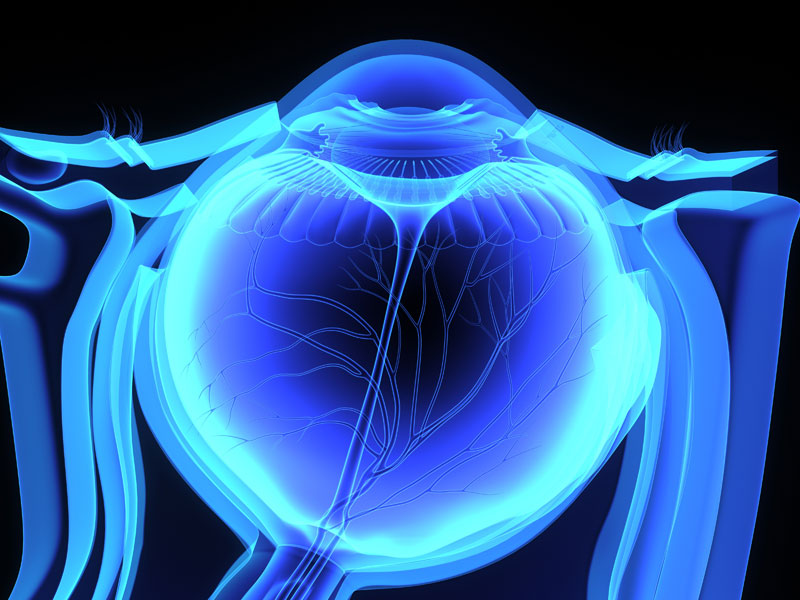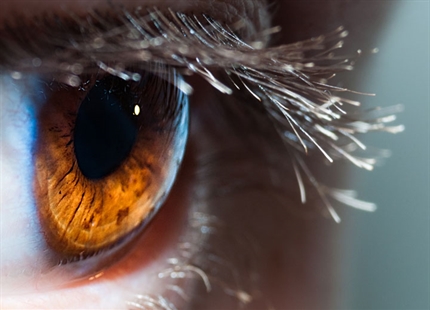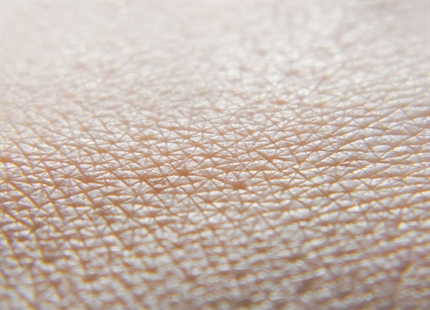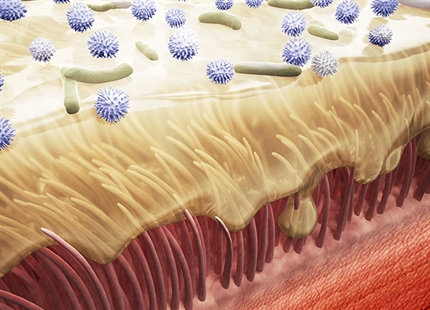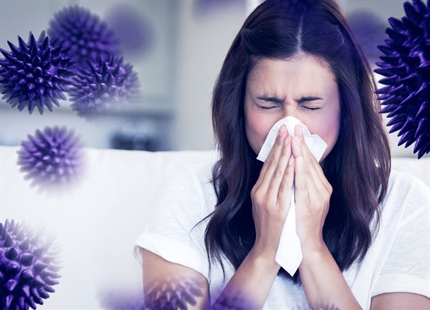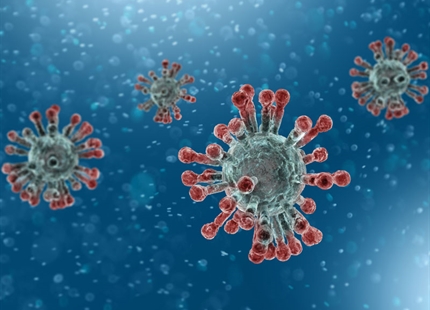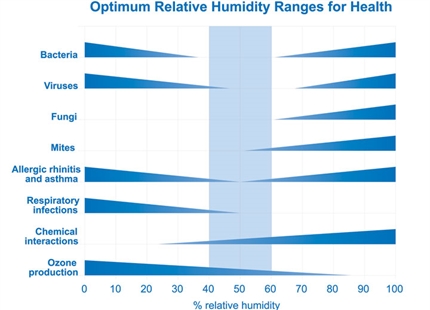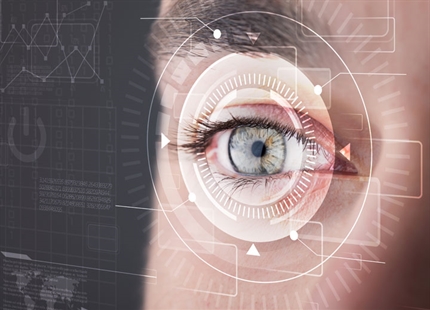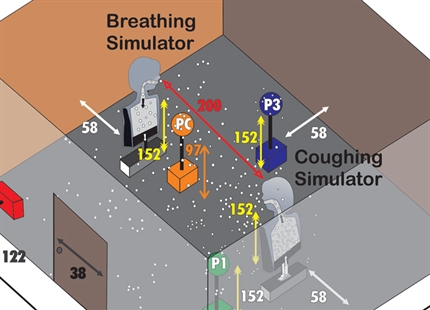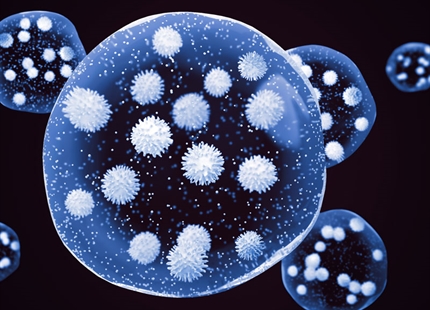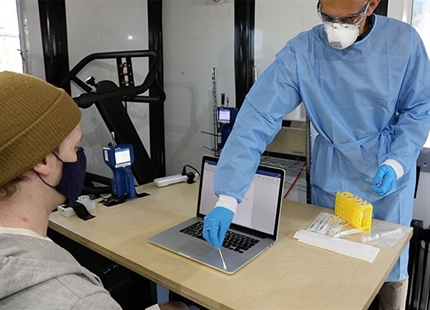Published: Apr 2013 | PMID: 23023409 DOI: 10.1097/ICO.0b013e31826671ab
The effect of low humidity on the human tear film
Abusharha AA, Pearce EI.
Abstract
The authors investigated the effect of dry air on tear film physiology. 12 young subjects (10 m., 2 f., mean age 29,8 y) with no history of dry eye syndrome were exposed during 60 minutes to very low relative humidity (RH) of 5% compared to 40%RH in an environmental chamber.
Results
There was significant change in tear evaporation rate (P = 0.00), noninvasive tear break-up time (P = 0.00), Lipid Layer Thickness LLT (P = 0.00), ocular comfort (P = 0.00), and tear production (P = 0.01) after exposure to the desiccating environment. No significant differences were observed between normal and dry environmental conditions in tear osmolarity (P = 0.09) and ocular surface temperature (P = 0.20).
Conclusion
Evaporation rate, tear lipid layer thickness, ocular comfort, tear stability, and production were adversely affected by low RH. The tear film parameters observed after exposure to a desiccating environment for 1 hour were similar to those of the dry eye patient.
Therefore, to avoid tear film disruption and possible ocular surface damage, the environmental conditions of dry locations need to be improved or the tear film should be protected against adverse environmental conditions.
Dry air and our eyes
Low humidity dries our eyes' precorneal tear film making us prone to eye irritations and contact lens discomfort.
Read moreDry air and our skin
Low humidity dries the outer layer of our skin leading to itchiness, cracking and dermatological problems.
Read moreDry air and our airway defence system
Low humidity dries our mucous membranes and inhibits our body's natural defence against airborne germs, viruses and bacteria.
Read moreDry air and airborne infection
Low humidity acts as a conduit for viruses and airborne bacteria to disperse and travel around a building and threaten all occupants.
Read more